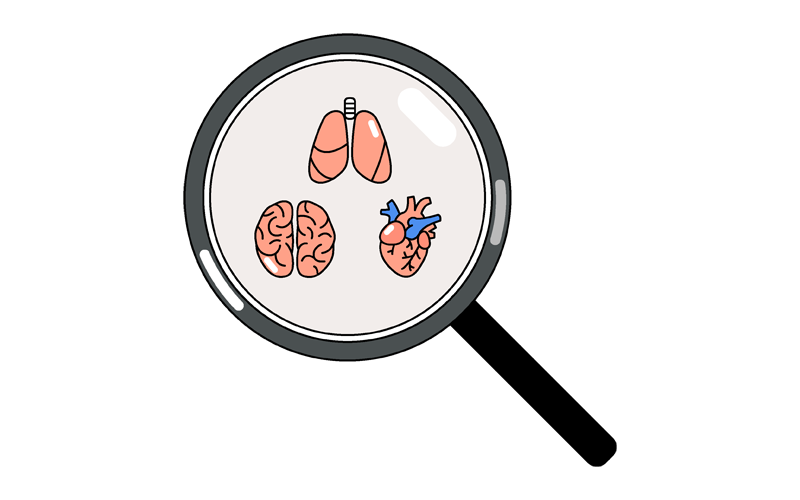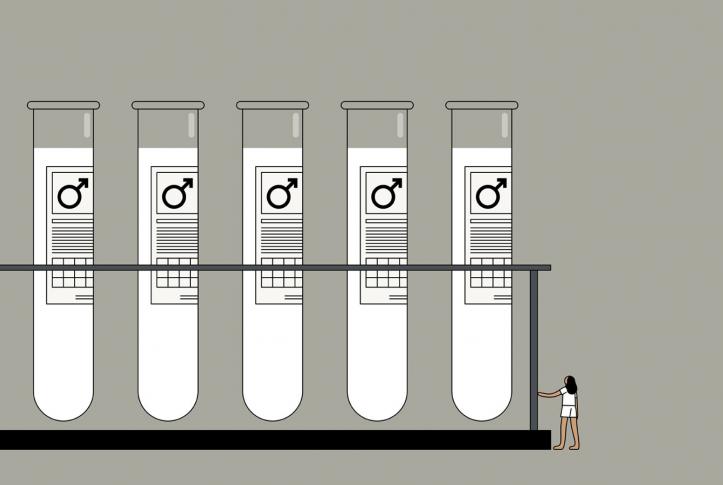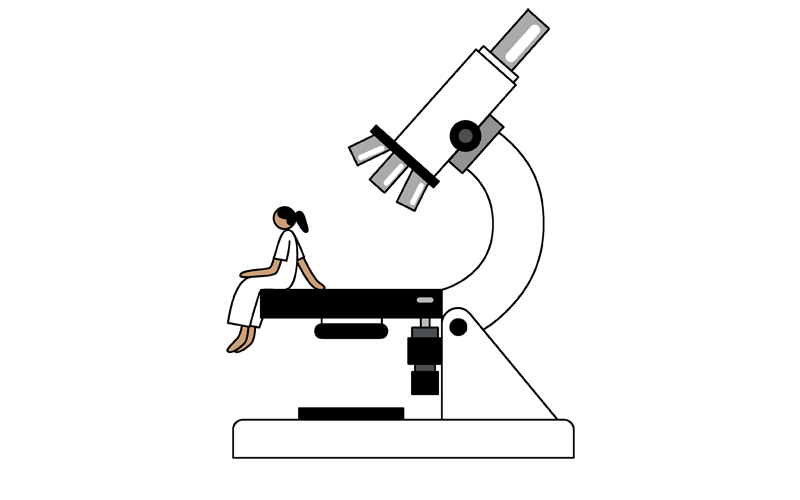For centuries, researchers believed that if they understood how a disease affected men, they could simply apply that knowledge to women. Only in the past few decades has the medical profession started to recognize how sex and gender* impact health and illness. Researchers now realize that the same condition can present differently in men and women, and that males and females may respond differently to treatment. Because women were historically left out of medical research, we still know less about how the most widespread diseases like cancer or heart disease affect women, and less about how to prevent, diagnose, or treat these diseases in women.
“It was long assumed that men and male animal models provided the norm for research — even when studying diseases that affect both sexes,” explained Janine Clayton, M.D., director of the Office of Research on Women’s Health at the National Institutes of Health (NIH). As a growing body of evidence indicated otherwise, attitudes about the importance of including women in medical research started to shift. In 1993, Congress passed the NIH Revitalization Act requiring that NIH-funded clinical research include women.
The new law brought progress, but as its 20th anniversary approached, a group of experts came together at the Mary Horrigan Connors Center for Women’s Health at Brigham and Women’s Hospital in Boston to work on a report tracking if, and how, the field of biomedical research had changed. They examined gaps in research for four major medical conditions: cardiovascular disease, lung cancer, depression, and Alzheimer’s disease.
The researchers found that even after the NIH mandated the inclusion of women in clinical research, women’s health continued to be overlooked. For example, cardiovascular disease is the leading cause of death among women (and men). While the number of women in NIH-sponsored clinical trials increased after 1993, in mixed-sex cardiovascular trials, only one-third of the subjects were female, and fewer than one-third of the trials that included women reported outcomes by sex. “With cardiovascular disease, we have the most data on sex differences, but we still don’t understand the biology that underlies those differences. So we have to question — do we have the right diagnosis, and right interventions for women?” said Paula Johnson, M.D., M.P.H., a cardiologist who was chief of the Division of Women’s Health at Brigham and Women’s Hospital and professor of Medicine at Harvard Medical School when the report was published.



